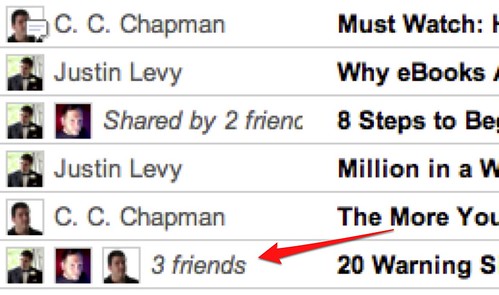 As a marketer, half of our job is analytical – figuring out what works and optimizing our methods for better results.
As a marketer, half of our job is analytical – figuring out what works and optimizing our methods for better results.
Half of our job is also creative – coming up with new ways to create demand for our ideas.
No one would eat at a restaurant where the sole measure of its performance was food output. All gruel, all the time? No thank you.
No one would eat at a restaurant where the sole measure of its performance was food creativity if it meant that only one patron a day could get to eat.
You as a marketing chef must balance inventing and cooking new dishes for your patrons to try along with creating enough food to satisfy the patrons who show up at your doorstep.
Imagine for a moment you’re a new chef. You’ve got the basics down, you can make scrambled eggs, steak, and sandwiches. You can create enough food to be satisfying but not necessarily remarkable. Where do you go to take things to the next level?
Ultimately, you have to experiment and explore. You have to go to new cultures and cuisines to try new foods, taste new tastes, see how things are done differently. When you’ve finished your chef’s journey, you’ll come back to your restaurant with new ideas, new spices, new ways to apply everything you’ve learned. You’ll have some new dishes on your menu, but you’ll also have new twists and flair to add to your existing dishes. Scrambled eggs become scrambled eggs with truffle oil and a sprinkling of dill. Steak becomes stone seared steak with a cayenne rub. Sandwiches suddenly find slices of fresh mozzarella and basil chiffonade in them.
As a marketer, ask yourself what new flavors and spices you’re learning, and if you’re not learning anything new, if you’re cooking the same old scrambled eggs, go explore. Go read some books on design, architecture, or photography to give your presentations and collateral some new spice. Read different literature, literature from different cultures, poetry and prose to enliven your copy. Get away from tools like Pandora which serve up more of what you might like based on what you already like and start hunting down random Internet stations.
After you’ve refilled your marketing spice rack, come back to your kitchen and see how different your marketing can be.
Did you enjoy this blog post? If so, please subscribe right now!
Get this and other great articles from the source at www.ChristopherSPenn.com! Want to take your conference or event to the next level? Book me to speak and get the same quality information on stage as you do on this blog.









